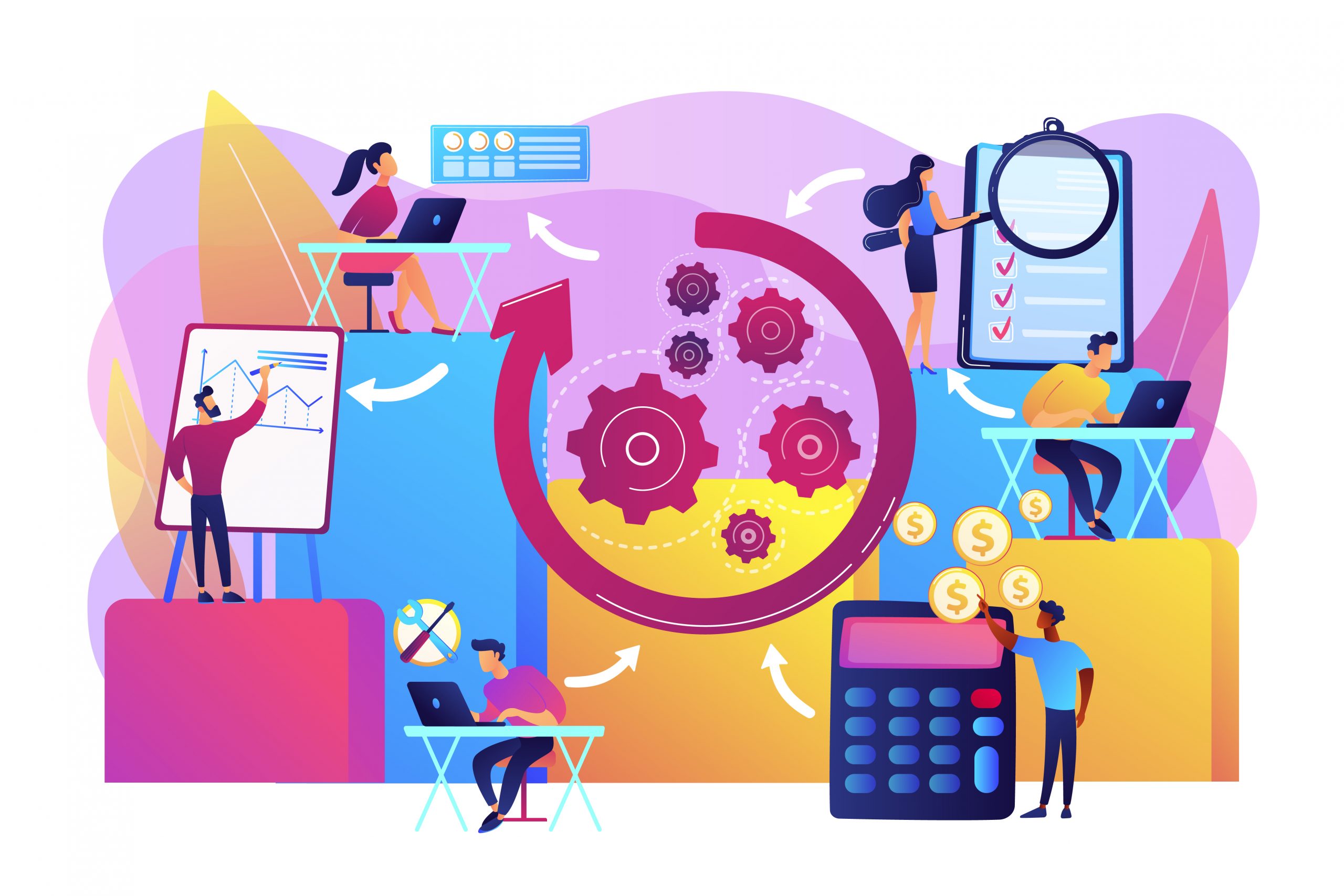The efficiency of procurement processes can significantly impact a company’s bottom line. The Procure to Pay (P2P) process is a critical component of this cycle, involving various activities from requisitioning goods to their acquisition, receipt, and eventual payment. An effective P2P process not only ensures the timely acquisition of goods and services but also fosters better relationships with vendors and optimizes resource management. With the advent of advanced ERP systems, organizations are increasingly turning to integration solutions for their P2P processes to enhance efficiency and minimize manual tasks. This blog will delve into the intricacies of Procure to Pay integrations, particularly focusing on popular systems such as NetSuite, SAP, and Microsoft Dynamics 365.
Understanding the Procure to Pay Process
The Procure to Pay process encompasses the entire workflow of procurement, which can be broken down into several key stages:
1. Requisition: This stage involves identifying the need for goods or services. Employees create purchase requisitions that outline what is needed, when it is needed, and any other specifications.
2. Purchase Order Creation: Once the requisition is approved, a purchase order (PO) is generated. This formal document serves as a contract between the buyer and the supplier.
3. Order Fulfillment: After the purchase order is sent to the supplier, the supplier fulfills the order, shipping the requested goods.
4. Receipt of Goods: Upon delivery, the receiving department checks the goods against the purchase order to ensure accuracy and quality. This step is crucial for maintaining inventory accuracy.
5. Invoice Processing: The supplier sends an invoice to the organization. The invoice must match the PO and the goods received for accurate payment processing.
6. Payment: Finally, once everything is verified and approved, payment is made to the supplier, closing the procurement cycle.
Each of these stages requires accurate data exchange and communication between various departments within an organization, as well as with external suppliers. This is where P2P integrations come into play.
The Importance of Procure to Pay Integrations
Procure to Pay integrations streamline the procurement process by automating data exchanges between different systems, thereby minimizing manual entry and reducing the likelihood of errors. Here are some critical benefits of integrating P2P systems:
1. Enhanced Efficiency
Integrations facilitate seamless communication between procurement, finance, and inventory management systems. When systems are connected, data flows automatically from one stage of the process to the next. For example, when a purchase order is created, the corresponding information is automatically updated in the financial system, eliminating the need for manual
data entry. This efficiency allows procurement teams to focus on strategic activities rather than administrative tasks.
2. Improved Accuracy
Manual data entry is prone to errors, which can lead to discrepancies in purchase orders, invoices, and payments. Integrations reduce the risk of human error by automating data transfer and validation. For instance, invoice matching with purchase orders and receipts becomes an automated task, ensuring that payments are made only for the goods and services actually received.
3. Stronger Vendor Relationships
Effective P2P integrations enhance communication and collaboration with vendors. With automated notifications and updates, suppliers are kept in the loop regarding order status, payment schedules, and any changes to agreements. This transparency fosters trust and can lead to better terms and pricing agreements in the long run.
4. Cost Savings
Streamlined processes mean that organizations can reduce administrative costs associated with procurement. By minimizing manual tasks, companies can allocate resources more efficiently, leading to overall cost savings. Additionally, accurate and timely payments can help organizations take advantage of discounts offered by suppliers for early payments.
5. Better Compliance and Reporting
P2P integrations enable organizations to maintain compliance with internal policies and external regulations. Automated systems provide detailed audit trails, making it easier to track transactions and generate reports for compliance purposes. This transparency is crucial in industries with strict regulatory requirements.
Integrating Procure to Pay Systems: NetSuite, SAP, and Microsoft Dynamics 365
Integrating P2P processes with ERP systems like NetSuite, SAP, and Microsoft Dynamics 365 can vary in complexity and features. Let’s take a closer look at each of these platforms and how they facilitate P2P integrations.
NetSuite
NetSuite is a leading cloud-based ERP system that provides comprehensive features for managing financials, inventory, and procurement. Its P2P integration capabilities include:
- · Automated Workflows: NetSuite enables organizations to create custom workflows that automate the entire P2P process, from requisition to payment. This automation reduces manual intervention and accelerates transaction processing.
- · Real-Time Visibility: With NetSuite, users gain real-time visibility into procurement activities, inventory levels, and supplier performance. This transparency aids in decision-making and helps organizations respond quickly to changing business needs.
- · Supplier Portal: NetSuite’s supplier portal allows vendors to access their purchase orders, invoices, and payment status, fostering better communication and collaboration.
SAP
SAP is one of the most widely used ERP solutions, particularly in larger enterprises. Its approach to P2P integration includes:
- · SAP Ariba: This procurement solution seamlessly integrates with SAP ERP systems to streamline P2P processes. It offers features like supplier management, procurement analytics, and contract management, enhancing the overall procurement experience.
- · Intelligent Automation: SAP leverages intelligent technologies, such as machine learning and artificial intelligence, to automate and optimize procurement tasks, helping organizations achieve greater efficiency.
- · Comprehensive Reporting: SAP provides advanced reporting capabilities that allow organizations to analyze procurement data, monitor supplier performance, and ensure compliance with internal policies.
Microsoft Dynamics 365
Microsoft Dynamics 365 is another powerful ERP solution that offers robust P2P integration capabilities:
- · Unified Data Platform: Dynamics 365 integrates various business applications, allowing organizations to manage procurement, finance, and operations on a single platform. This integration fosters collaboration and data sharing across departments.
- · Power Automate: Microsoft’s Power Automate allows organizations to create custom workflows and automate repetitive tasks within the P2P process, enhancing efficiency and accuracy.
- · Advanced Analytics: Dynamics 365 offers built-in analytics tools that provide insights into procurement performance, helping organizations make data-driven decisions and optimize supplier relationships.
Conclusion
The Procure to Pay process is a vital aspect of any organization’s procurement cycle, and its efficiency can significantly influence overall business performance. Integrating P2P systems with robust ERP solutions like NetSuite, SAP, and Microsoft Dynamics 365 streamlines operations, reduces manual tasks, and enhances relationships with vendors. By embracing P2P integrations, organizations can achieve better accuracy, compliance, and cost savings, positioning themselves for success in an increasingly competitive marketplace. As businesses continue to evolve, the importance of a well-integrated Procure to Pay process will only grow. Organizations must invest in the right integration solutions to stay ahead of the curve and ensure that their procurement processes are as efficient and effective as possible.





